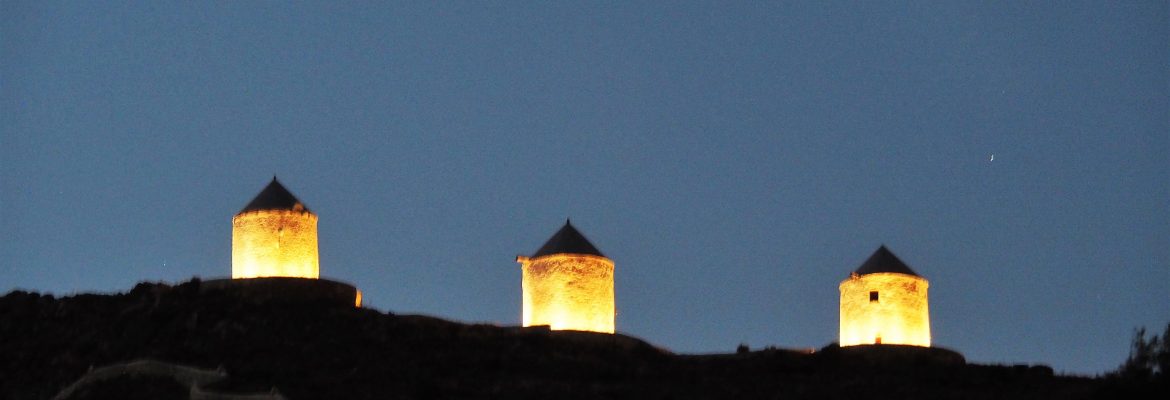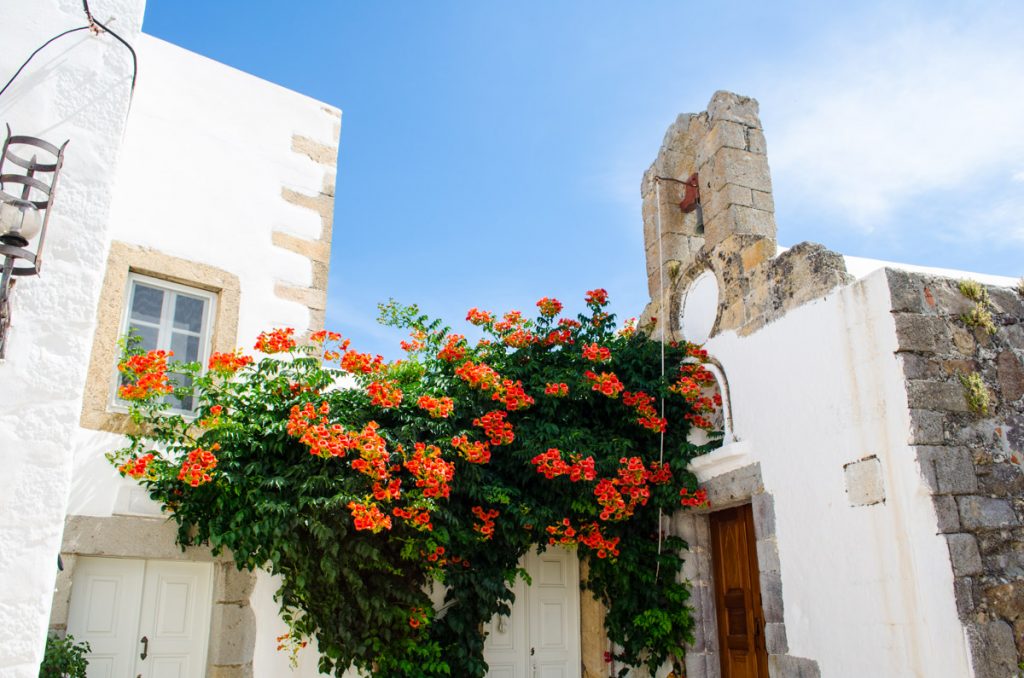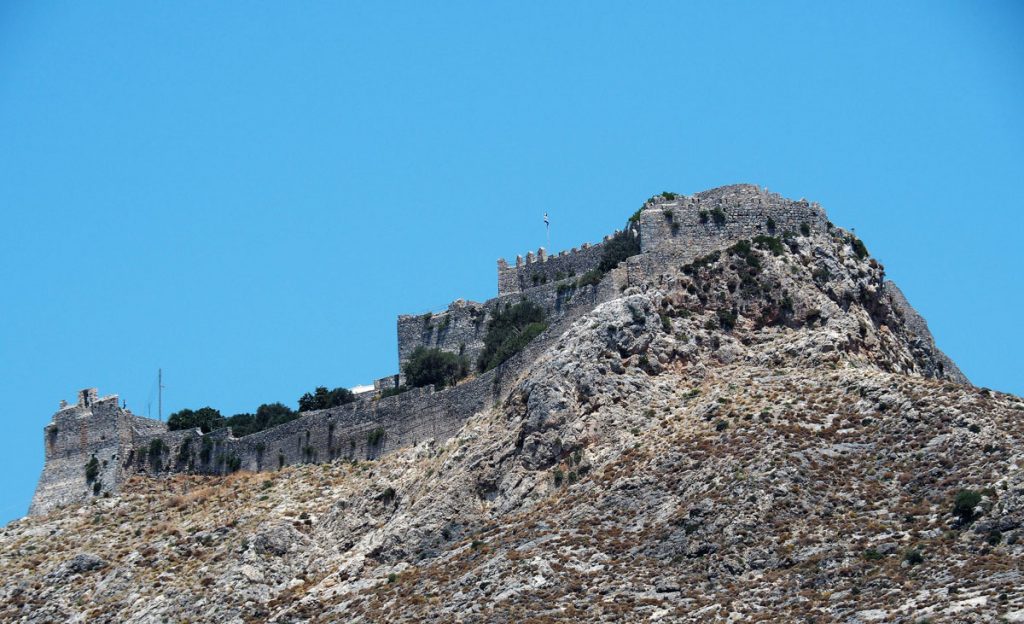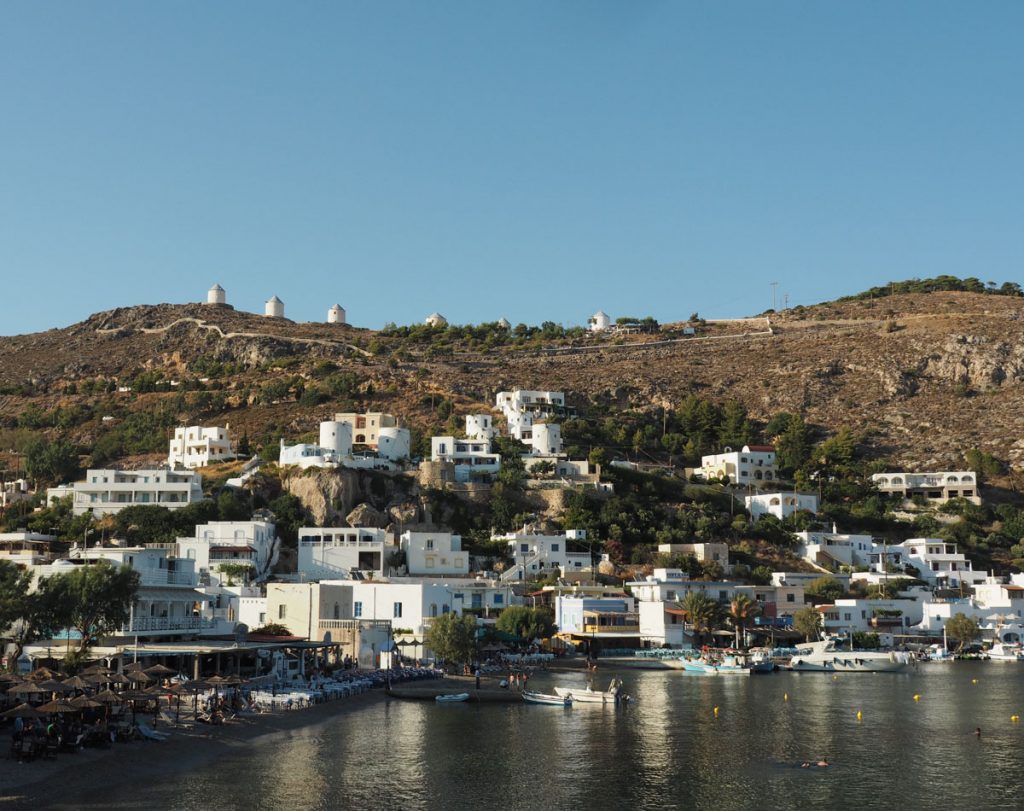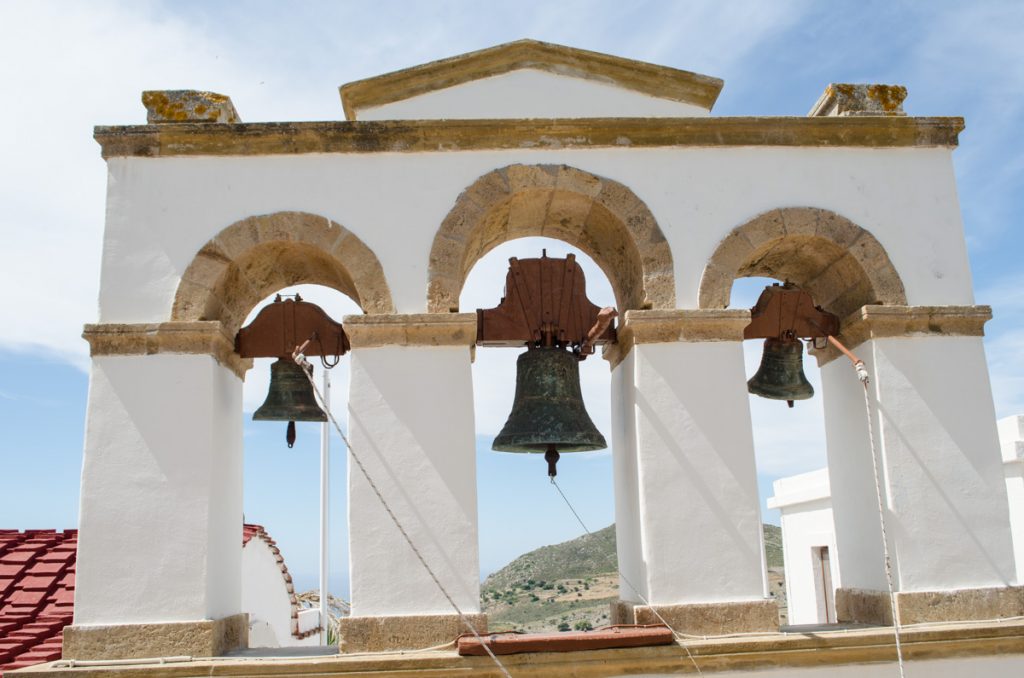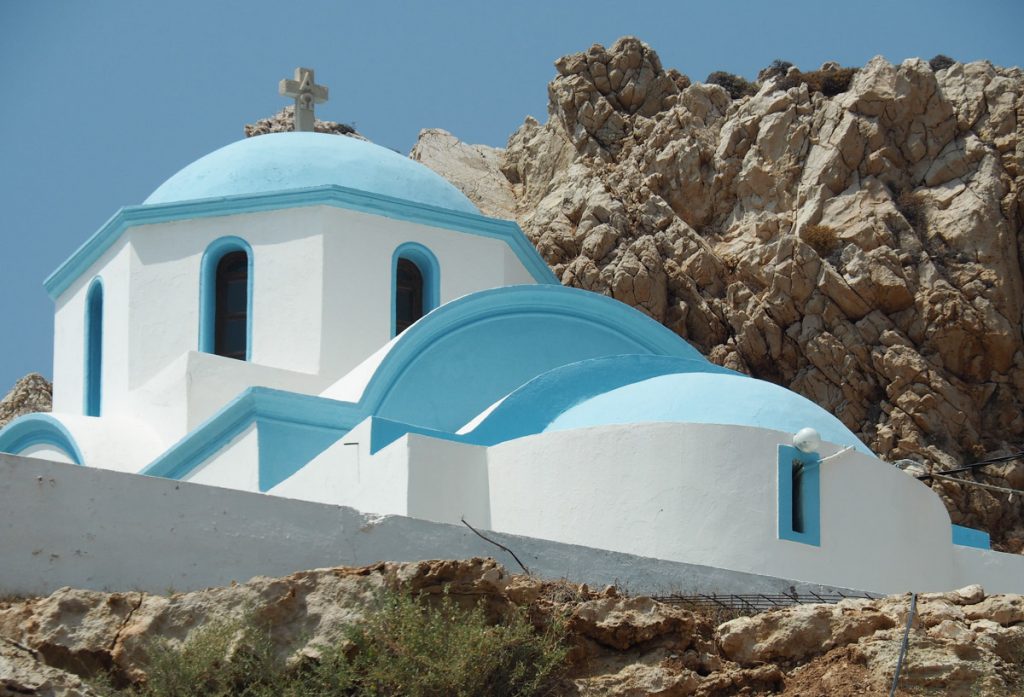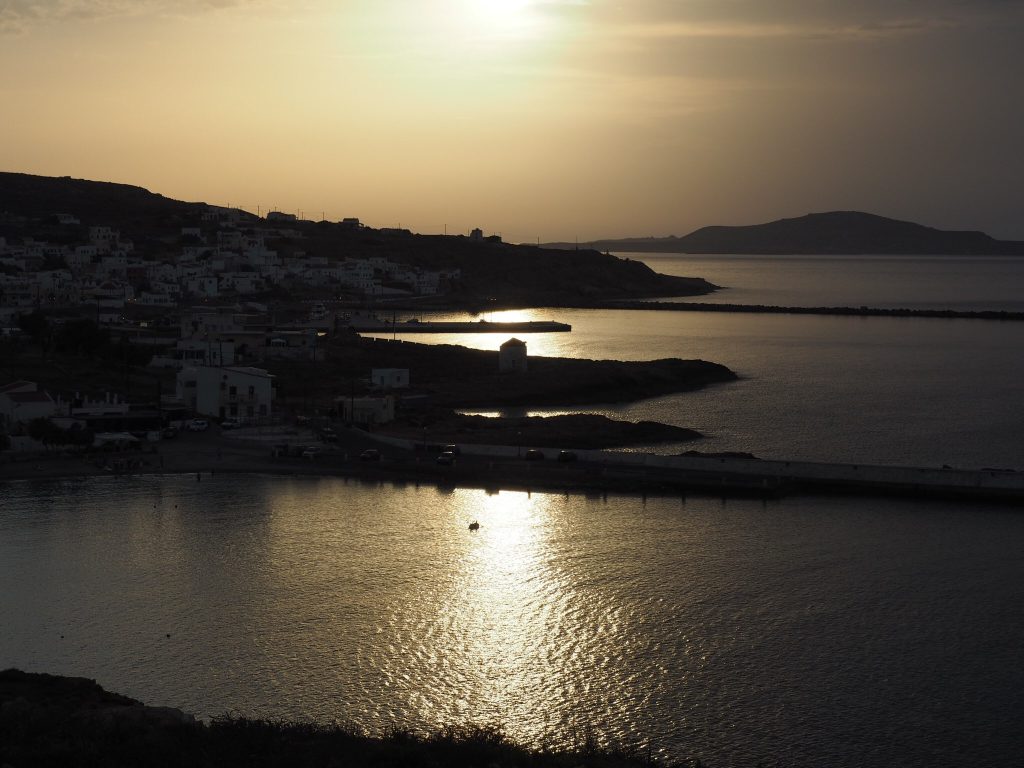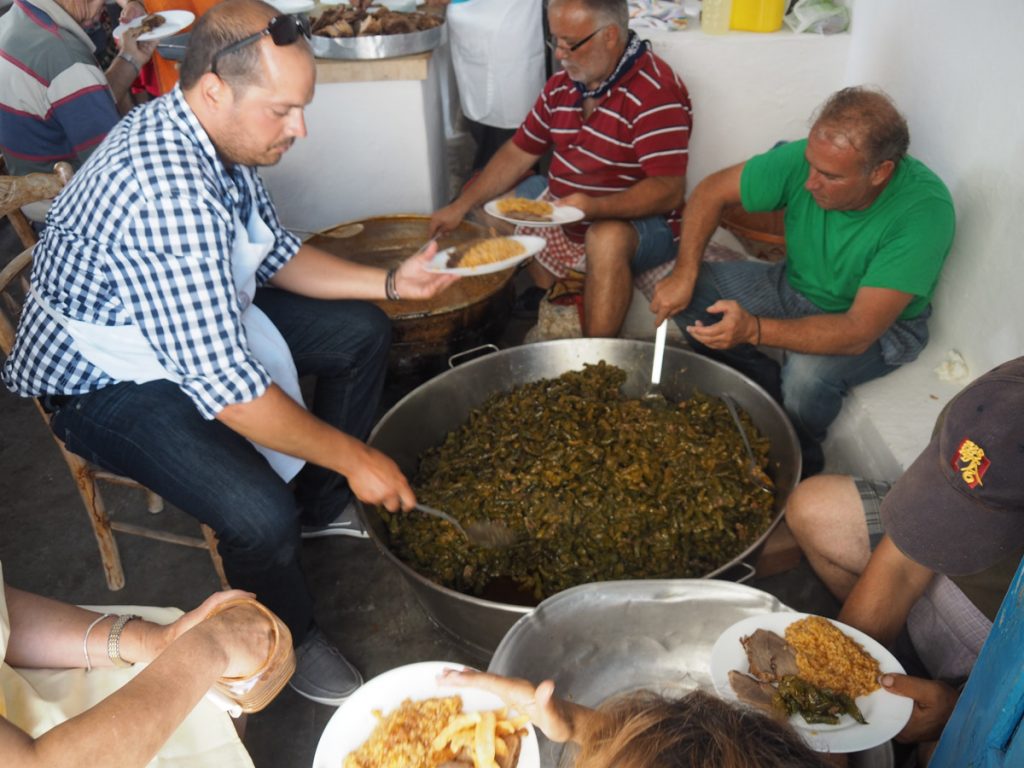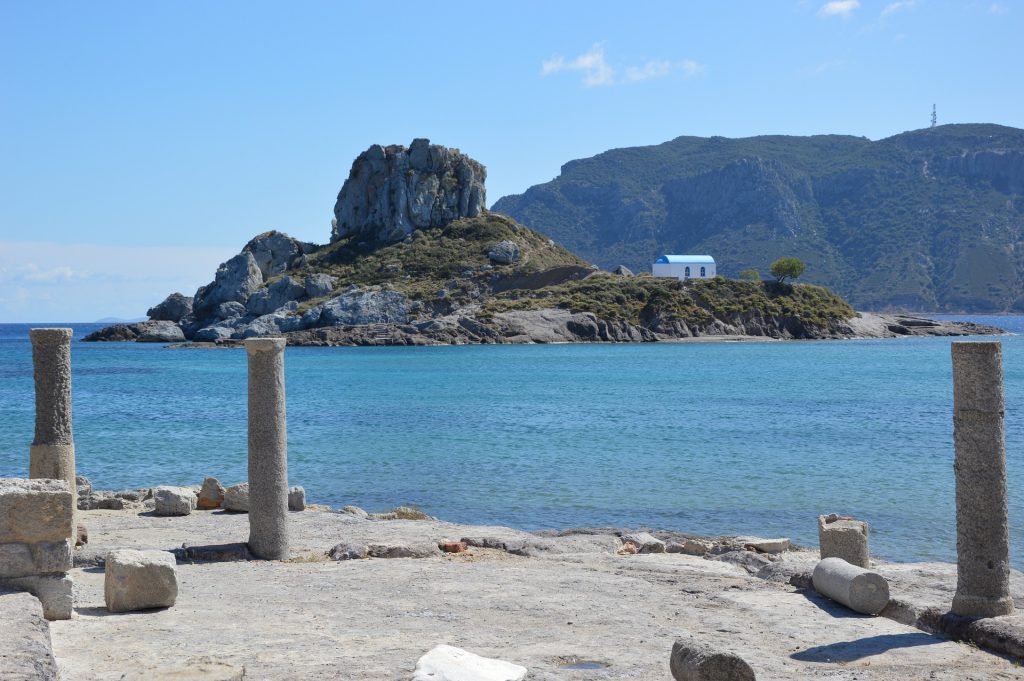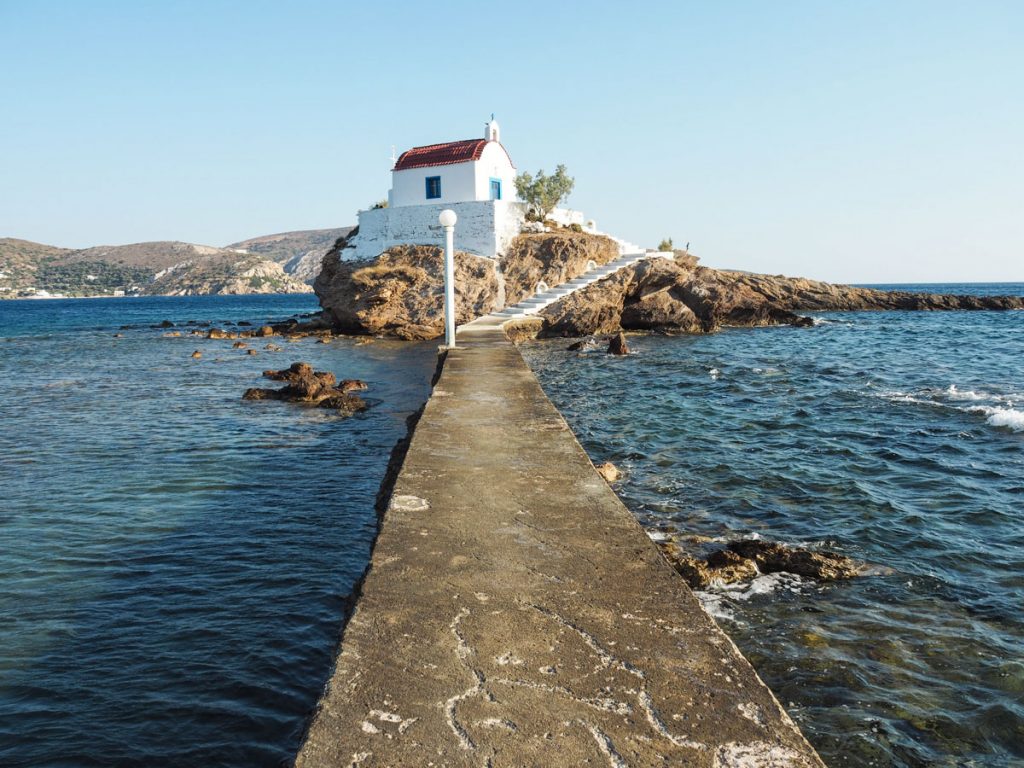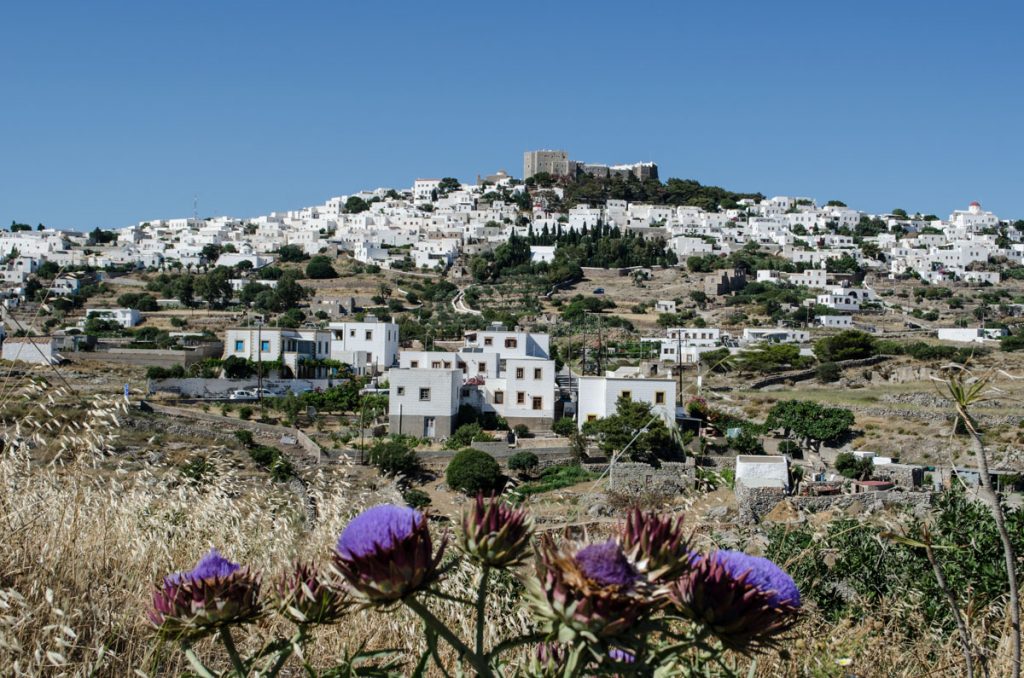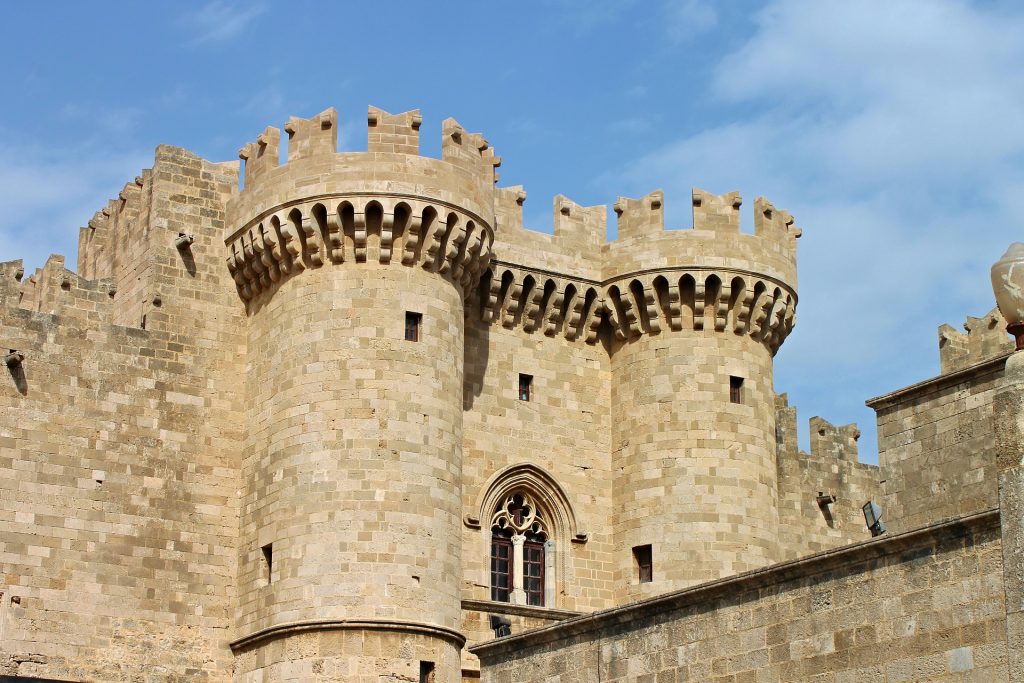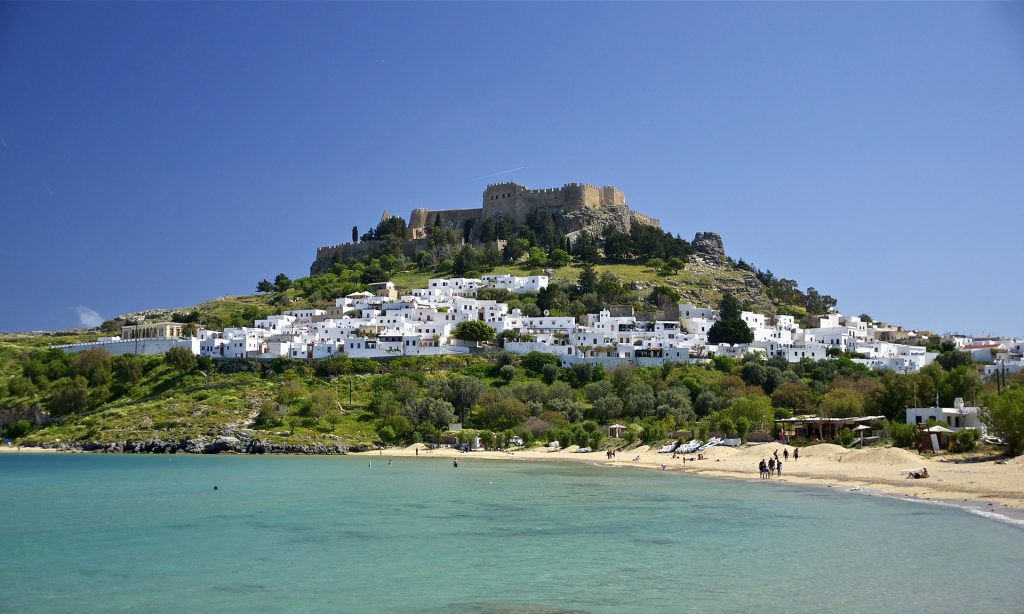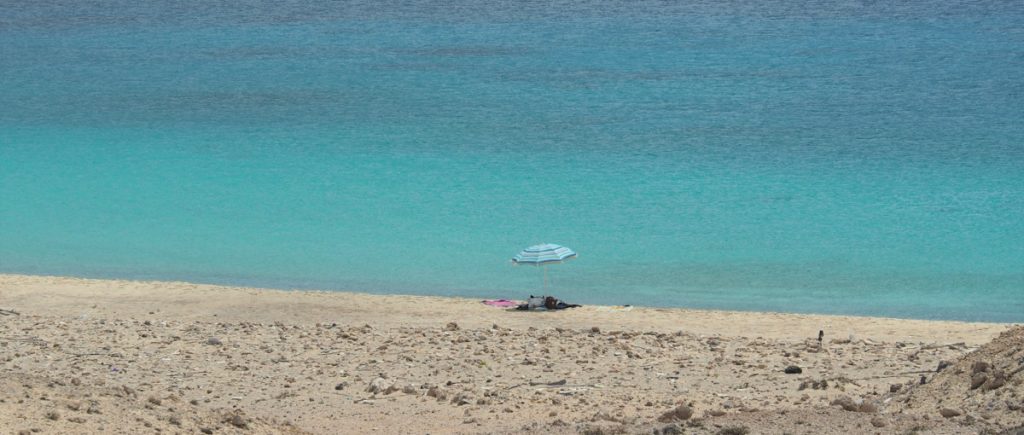If you are thinking of where to go in Greece in 2018, how about escaping to one of the lesser-explored destinations, the Dodecanese Islands?
The Dodecanese Islands: The History
The Dodecanese or Dodekanisa which translates as twelve islands is a group of 12 larger islands and 150 smaller ones set in the heart of south-eastern Aegean. The Dodecanese Islands were inhabited since the prehistoric times. During the Dorian period the islands prospered as an independent entity, paving a glorious path of thriving economic and cultural development in the centuries that followed.
The two larger and well-known islands, Rhodes and Kos emerged as the major islands of the group serving as significant economical and cultural centres. Having faced numerous defeats and conquests over the course of the centuries they eventually became part of the Byzantine Empire where they remained for nearly a thousand years.
Following the collapse of the Byzantine era during the early 14th century Rhodes was captured by the Knights of St. John converting the capital into a majestic medieval city dominated by striking fortresses and citadels.
During the several hundred years under the Ottoman Empire the Dodecanese enjoyed the privileges of their strategic location. Situated at the crossroads of the historically known Mediterranean trade routes the islands greatly prospered. The 19th century was one of the most thriving eras — numerous charming mansions have been successfully preserved until this day.
In the early 20th century the Dodecanese were captured by the Italians and used as a military base for the British and French navy during the World War I. It was only post World War II in 1947 that the islands were formally united with Greece ending 740 years of foreign rule. In 2017 the Greek Parliament held a special event marking the 70th anniversary of the incorporation of the Dodecanese within Greece.
Visit the Dodecanese
Rhodes and Kos are the major brand names associated with the Dodecanese, yet the lesser-known smaller islands are luring visitors with emerald waters, sandy beaches and numerous historical monuments. From spending the days relaxing at the luxurious resort hotels, to discovering the charming traditional settlements, savoring the flavors and freshness of delicious and unprecedented cuisine, are just some of the reasons to visit the Dodecanese.
Our 2018 Greece travel list celebrates the quaint little islands which are a world away from the famous party-islands of Mykonos and Santorini, the lesser-explored destinations which will offer you a glorious holiday experience like no other. From Kasos to Symi, read on for the 6 Greek islands we recommend that you visit in 2018.
6 Greek islands to visit in 2018
Kassos — Rich cuisine
Once a colossal maritime power, Kassos bears an exciting history of mighty pirates and adventurous sea captains. Dotted with charming villages, each with a unique character the island is home to numerous grandeur mansions which reflect the island’s glorious past. Another worthy highlight of Kassos in the rich cuisine which is the result of the island’s roving naval influence throughout time.
Try the local specialties like the Kasiot dolmadakia which are the delightful stuffed vine leaves or the makarounes — a type of handmade pasta served with flavorful roasted onions. The seafood dishes are exceptional on Kassos too — make sure to try the soupiopilafo, an island classic pasta dish cooked with squid.
Kos — The Birthplace of Hippocrates
The ancient Greek god of medicine, Asclepius was the son of god Apollo and Coronis. According to the Greek mythology he was raised by centaur Chiron who taught him the art of medicine. One of the most prominent sanctuaries dedicated to the god of healing is located on Kos. It is here that Hippocrates the father of medicine received his medical training and taught his students under the ancient plane tree. Hippocrates’ Plane tree is over 2,500 years old and is the oldest one in Europe. Famed for its sandy beaches, water springs and impressive historical monuments, Kos is also home to a glorious medieval castle, the Nerantziá Castle. The island has plenty of diversions beyond sandy stretches: admire the nature in one of the large squares and parks, cycle along on one of the bicycle-only routes, or visit the traditional village of Zia nestled on the mountains among lush woods with natural springs and walnuts orchards.
Leros — Birthplace of goddess Artemis
An island with a hilly landscape and rugged coastline, Leros is the birthplace of goddess of hunting, Artemis. Famed for its breathtaking natural beauty and folklore charm, Leros is a harmonious blend of authenticity and tranquility. The capital of Leros, Agia Marina greets visitors with its romantic charm — the picturesque whitewashed houses and colourful mansions create an idyllic atmosphere, which can be best explored on foot. Get lost in the cobblestone alleys and make your way towards the castle of Panagia perched on top of the hill opening up to spectacular views of the Aegean Sea. Leros is also famed for one of the most impressive museums in Greece, the Tunnel War Museum which is housed in a military tunnel that was constructed by the Italians during World War II. The museum houses a collection of bombs, uniforms, helmets and other artefacts reminding of the battle of Leros.
Patmos — The Island of Apocalypse
The exquisite island of Patmos is home to the famous cave where John the Theologian, wrote the Book of Revelations. This important pilgrimage site is a major religious destination.
The splendidly preserved Chora with its medieval stone houses, cobblestoned alleys, charming churches and archways adds up to the island’s unique character. The imposing Monastery of Saint John Theologian, declared as a UNESCO World Heritage site in 1999 houses more than 3,000 printed books, 900 manuscripts and 13,000 documents dating back to 1073. A collection which can only be accessed by Byzantine and biblical scholars granted with a special permission.
Rhodes — Medieval Charm
The largest of the Dodecanese islands — Rhodes is known for its cosmopolitan nature and medieval charm. The impeccably preserved Medieval City – a UNESCO World Heritage Site is characterised by cobblestone alleyways, romantic courtyards and gardens, glorious Byzantine churches and centuries-old mosques. The Palace of the Grand Master is one of the most prominent landmarks of the island built on the highest point of the city during the 14th century by the Knights of St. John.
Rhodes is blessed with spectacular natural scenery, sandy beaches, green valleys and the Acropolis which is perched on a hill of Lindos, offering breathtaking views of the turquoise waters and the Greek blue sky.
Symi — Neoclassical Charm
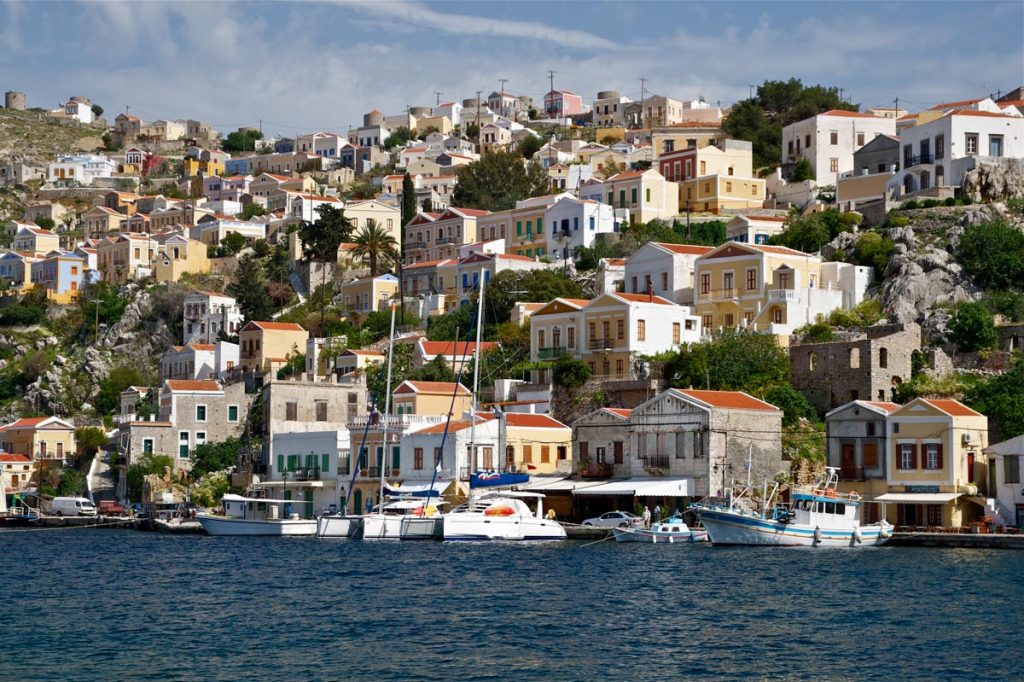 The scenic island of Symi is symbolized by its distinct architecture which dots the surrounding landscape. Vibrant and colourful neoclassical buildings add a sophisticated charm to this unique Greek island that combines cosmopolitan flair with a rich historical past. Symi is home to the famous Monastery of Taxiarchis Michael Panormitis built in the 15th century housing the miraculous icon of the Archangel Michael, a major pilgrimage site. The island’s culinary delights are also worth noting, make sure to try the Symi shrimps which are small in size, and are served fried in the tavernas of Gialo and Chorio.
The scenic island of Symi is symbolized by its distinct architecture which dots the surrounding landscape. Vibrant and colourful neoclassical buildings add a sophisticated charm to this unique Greek island that combines cosmopolitan flair with a rich historical past. Symi is home to the famous Monastery of Taxiarchis Michael Panormitis built in the 15th century housing the miraculous icon of the Archangel Michael, a major pilgrimage site. The island’s culinary delights are also worth noting, make sure to try the Symi shrimps which are small in size, and are served fried in the tavernas of Gialo and Chorio.
These Dodecanese islands are quickly becoming the new hotspots for vacationers looking to experience the most authentic Greek holidays. We hope that these appealing holiday destinations will make you want to book your next flight to Greece. Have you been to any of these islands?

